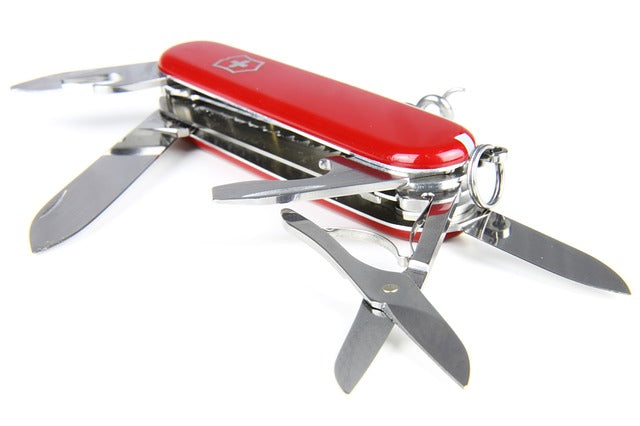Designer's dilemma
by Paul McGowan
If we weren't concerned about market acceptance we would likely build products few would buy: we tend to want all products to do all things. Self-contained wonder machines. Yet, the more features we pack in the less focused the product becomes.
How many times have you gone searching for a simple product only to be forced to wade through a myriad of confusing choices?
When we built the NPC we were excited to offer a new concept to the world of high-performance audio: a state-of-the-art A/D converter and analog phono stage in one svelt unit. Users could choose to use one or the other or both—the two systems were completely independent of each other. Their only common element was the chassis and power supply.
We priced the unit low enough so analog phono owners could use the NPC as a pure analog product that one day might serve to help archive their vinyl collections, and A/D customers could do the same for any analog source they chose, ignoring the phono stage.
Customers looked at the offering and scratched their heads. Those looking for an analog phono solution didn't want the added confusion of an A/D converter, and the opposite was true. Of the few thousand customers that did buy the unit they were ecstatic and couldn't understand why we chose to eventually discontinue the product for lack of enthusiasm.
Had we produced two separate and dedicated boxes—each the exact same price of the NPC—we'd have sold twice as many and the products would likely have joined the stable of long term products from the company.
The designer's dilemma has always been one of choices: Add too much and people can't decide what it's supposed to represent and they move along, too little and, well, the answer there's obvious too.
It's a wonder Swiss Army knives are as popular as they are.
- Choosing a selection results in a full page refresh.
- Opens in a new window.








